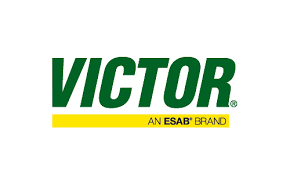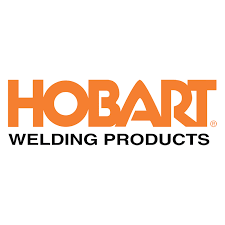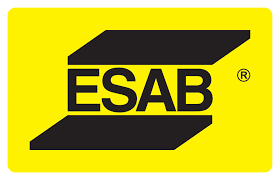Everything you need to know about the requirements to become a certified welding inspector.
I often get asked about certified welding inspector requirements and often hear, “I enjoy welding and the industry, but want to take that next step to further my career. What should I do?” Many times my response is, “Have you thought about becoming a CWI?”
If this is a conversation you’ve had at some point, and you need more information about the who, what, why, where, and when, then keep reading. This article answers all those questions and guides you on what it takes to become a CWI.
Table of Contents
|
Bonus: Book a meeting with a CWI to schedule on-site and off-site weld inspection
services.
|
Who can become a certified welding inspector
Anyone can sit for the exam, as long as you meet the following educational and welding-based work experience criteria. As you can see, you don’t have to have to be a rocket scientist or a degreed welding engineer.
| Education level |
Welding based work experience |
| Bachelor or higher degree in welding engineering or welding technology - (4) years maximum substitution |
Minimum of 1 year |
| Associate or higher degree in welding or non-welding related engineering technology, engineering, or physical science - (3) years maximum substitution |
Minimum of 2 years |
| Engineering/Technical courses that can be applied to Bachelor or higher degree in Welding - (2) years maximum substitution |
Minimum of 3 years |
| Trade/Vocational courses - (1) year maximum substitution for successfully completed courses |
Minimum of 4 years |
| High school diploma or approved high school equivalency diploma |
Minimum of 5 years |
| 8th grade level of schooling |
Minimum of 9 years |
| Less than 8th grade |
Minimum of 12 years |
What Is a CWI
The American Welding Society defines a CWI as someone who will:
- Supervise & train Associate Inspectors (CAWI)
- Visually inspect procedures and processes
- Conduct welding audits
- Visually inspect finished welded products
- Create and maintain welding records and documents
- Communicate information and findings
To effectively perform these activities, CWI’s need to have the following level of knowledge, understanding, and traits:
- Professional attitude
- Ethical
- Good physical condition
- Understand and apply weld requirements
- Inspection experience
- Basic knowledge of welding, destructive & non-destructive testing (NDT)
- Trainable
- Safe work habits
- Ability to complete and maintain accurate records
None of these items are less important than the other. An effective CWI will need to be all of these at all times.
People’s lives can be in the hands of a CWI for decisions they make. For that reason, it is just as important to know what cannot be done as much as what can be done. Being a CWI does have some limitations that need to be strictly followed. CWI's cannot do the following:
- Make design calculations or weld size calculations. Only a registered professional engineer can make these calculations.
- Interpret various NDT methods. CWI's can only make visual inspections.
- Issue public statements. Don’t volunteer information to the public. If a public statement is required, get legal advice. Fully expect this question on the CWI exam!
Where a CWI Can Work
A CWI can work in a variety of places such as an inspection, fabrication, construction, engineering company, government agencies, education, or even for themselves as a consultant. As long as there is welding and fabrication in the world, there will always be a need for CWI's.
Why Become a CWI
There are many reasons one would want to become a CWI, but one of the main reasons is the employment opportunities available. Becoming a CWI will open up many doors within and outside of your current organization. A teacher once told me, “If you’re not trying to improve yourself, you’re only going to become expendable.” Acquiring your CWI shows people you have passed a difficult certification process and you now have some basic understanding of welding and the associated codes.
When to Become a CWI
This has changed in recent years. In the past, you had to go to one of many testing sites located across the US on a specific date during the year. While this traditional method still exists, AWS now offers people the ability to take the tests at selected testing centers any day they have openings. AWS is now partnering with the educational testing service Prometric to deliver computer-based testing in more than 160 countries. To learn more about this process visit www.aws.org/certification/page/computer-based-testing.
Now that you know the requirements to be a certified welding inspector— the who, what, where, why, and when— you're probably wondering about the “how”. We cover that in part 2 of becoming a CWI!
Learn how to beat inefficiencies, save time and money, and demo equipment for your fabrication shop. With a personalized assessment, you can get actionable insights on how to improve your process and operation with little downtime.











